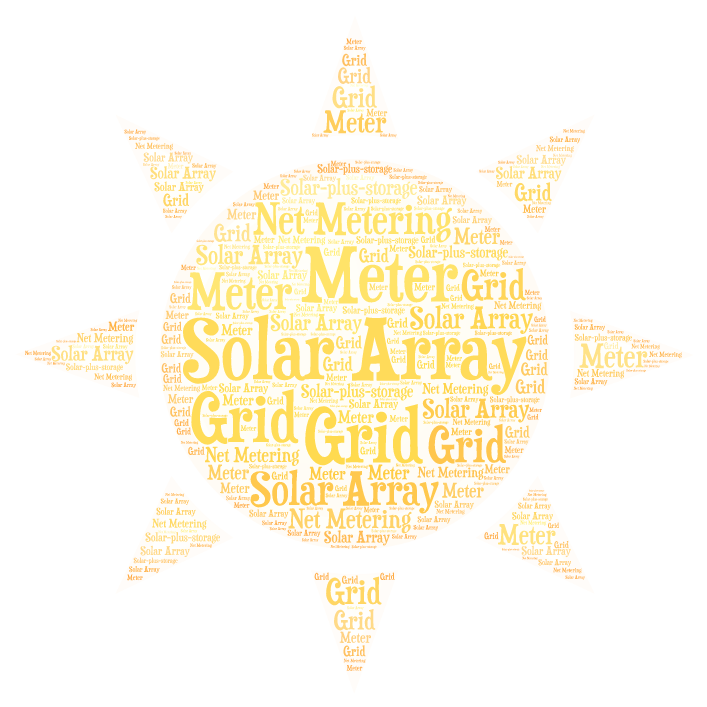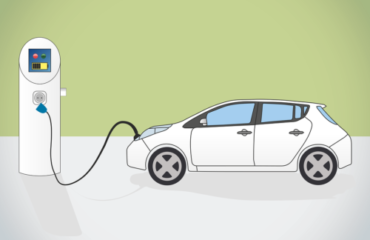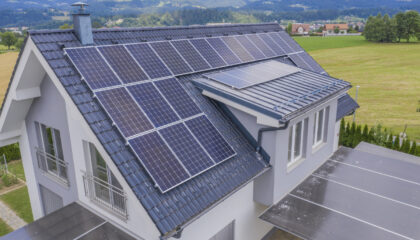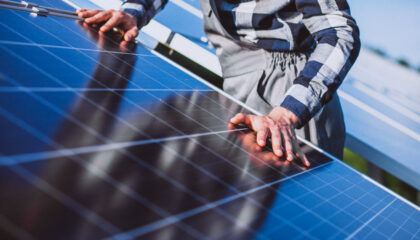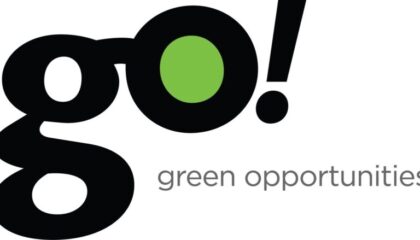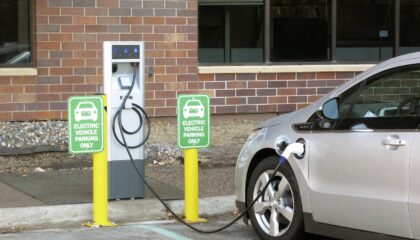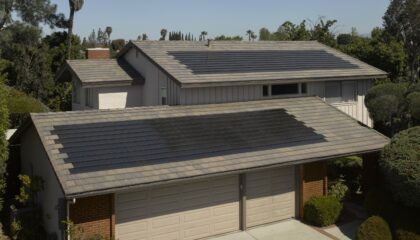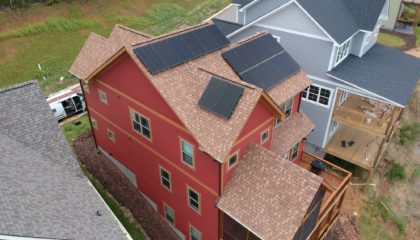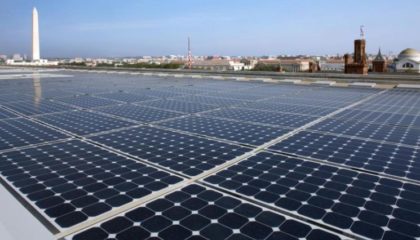The jargon of the solar and energy industries can be confusing. Knowing common words in articles will make researching solar easier.
Duck Curve
This term applies to municipal operations more than individual arrays.
The generation of solar peaks around midday while energy demand peaks in the evening. When plotted on a line graph this data looks like the side of a duck, the dip in the middle being the back and the head being the peak around evening. This curve characterizes a challenge solar and renewables face.
Solutions include storage, production diversification, and conservation incentives.
Grid
Power plants, transmission systems, and houses or corporations receiving energy create the basic power grid. With personal energy production like solar panels, individuals can now put the energy they produced on the grid. In North Carolina, Duke Energy buys that energy through an equivalent deduction in power bills.
Meter
Power companies keep track of customers’ energy use through meters.
Net Metering
When individuals have a power production source, the energy they produce but don’t use goes on the grid, decreasing the energy amount on the meter as it is sent into transmission lines. Net metering works like net gain. The energy the customer pays for takes into account the energy they put on the grid.
Solar Array
A solar array refers to the panels and how they are set up at a site.
Solar-plus-storage
A large challenge for renewables has been the necessity of using it as it is produced. Because of this, a household may not use all of the energy produced by solar panels in the daytime when people are working but will need it in the evening when energy production is reduced or stops altogether.
This issue was solved by the invention of a storage battery. It stores energy to be used later on.

